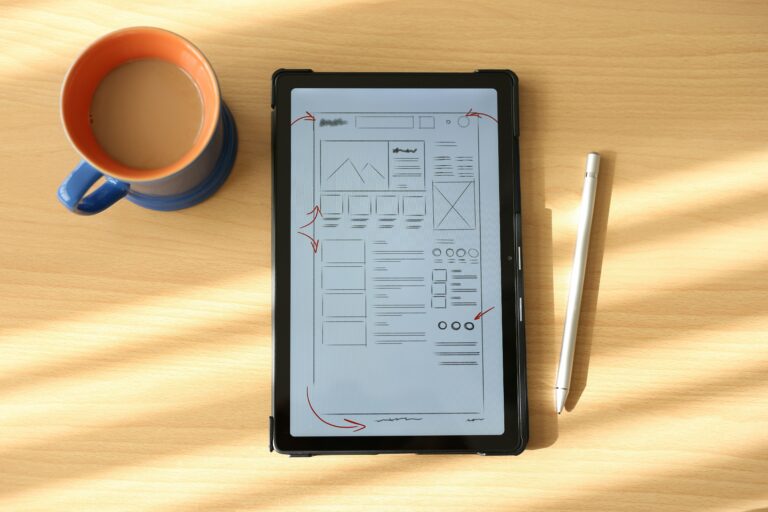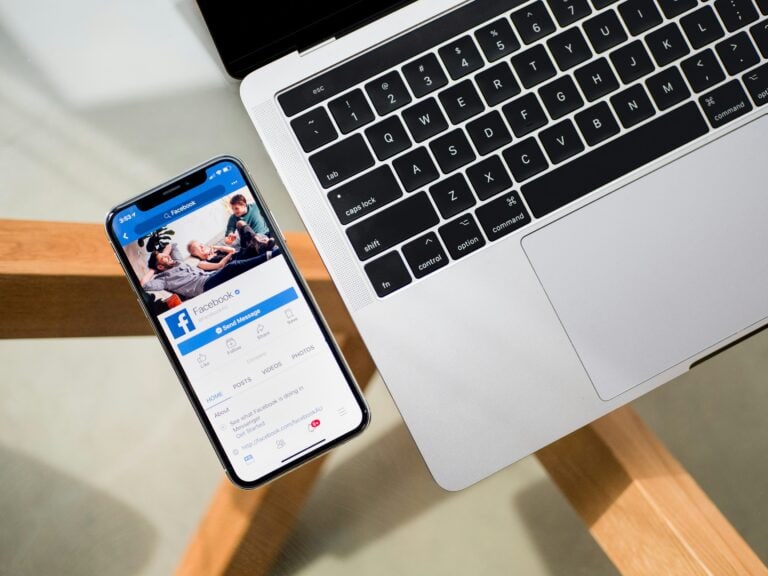LinkedIn has become an indispensable tool for professionals across various industries. It is a social networking platform designed specifically for professionals to connect, share insights, and seek job opportunities. With over 700 million members worldwide, LinkedIn provides an immense pool of talent and resources for both jobseekers and recruiters.
For anyone searching for a new candidate, whether it’s a talent team member, recruiter or an ex-colleague from your own network, their first step is usually a LinkedIn search. If your profile doesn’t include the right data, you won’t be approached (or worse, you’ll be approached about unsuitable roles, which will be annoying!).
In this blog, we will explore how you can optimise your LinkedIn profile to stand out from the crowd and maximise your chances of landing your dream job. If you are looking for your next role within product management, marketing, product design and UX, eCommerce or Commercial Leadership, send us your CV today.
Key principles for LinkedIn profiles
Optimise for search using keywords
To ensure that your LinkedIn profile appears in relevant searches, it is crucial to optimise it with the right keywords. Think about the skills, qualifications, and industry-specific terms that recruiters might use when searching for candidates. Incorporate these keywords organically into your profile, including your headline, summary, work experience, and skills section. This optimisation will increase your visibility and improve your chances of being discovered by potential employers.
Detail your achievements using stats
When describing your accomplishments in your work experience section, make sure to quantify them with statistics. Rather than simply stating your responsibilities, highlight the impact you made by showcasing specific results. For example, instead of saying, “Managed a team of sales representatives,” say, “Led a team of 10 sales representatives, resulting in a 20% increase in monthly revenue.” Including measurable achievements demonstrates your value and distinguishes you from other candidates.
Utilise rich media and visuals
LinkedIn allows you to enhance your profile by adding rich media and visuals. Take advantage of this feature by including relevant documents, such as project presentations or portfolios, to showcase your work. You can also include videos, images, and links to external websites that highlight your professional achievements. Visual elements make your profile more engaging and provide a deeper insight into your skills and expertise.
Optimising Your LinkedIn Profile
A clear profile picture
Your profile picture is the first impression you make on potential employers, so choose one that presents you as a professional. Use a high-quality, well-lit photo where you appear approachable and friendly. Dress appropriately for your industry and make sure your face is clearly visible. Avoid using casual or unprofessional images, as they can undermine your credibility.
Bespoke headline
Your headline is the brief statement that appears below your name on your LinkedIn profile. Instead of simply stating your job title, use this space to highlight your unique value proposition and capture the attention of recruiters. For example, instead of “Marketing Manager,” you could write “Experienced Marketing Professional | Expert in Digital Strategy and Brand Development.”
Change your URL to match keywords:
LinkedIn allows you to customise your profile URL. Take advantage of this feature by changing the default URL to include your name or relevant keywords. This will not only make your profile more professional but also improve its search engine optimisation (SEO) by making it easier to find.
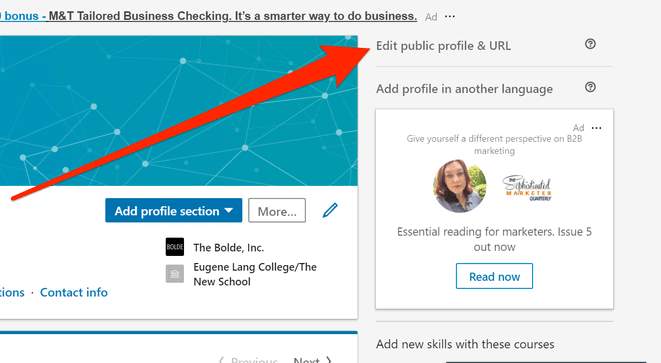
Ensure profile is shown to the public
To maximise your visibility and allow potential employers to find your profile, make sure your LinkedIn settings are configured to allow public viewing. Adjust your privacy settings to ensure that your profile, summary, work experience, and skills are visible to anyone who searches for you.
‘Open to Work’ status
LinkedIn offers an “Open to Work” feature that signals your job-seeking status to recruiters. Enabling this option lets recruiters know that you are actively looking for new opportunities. You can specify the types of roles you’re interested in and the location preferences. This feature increases your chances of being approached by recruiters with relevant job offers.
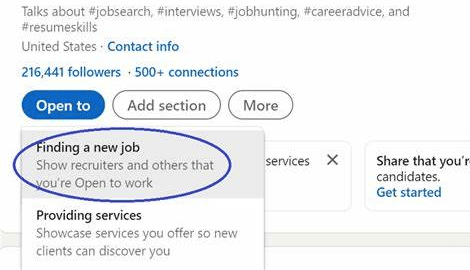
Complete ‘About’ section
The “About” section on your LinkedIn profile provides an opportunity to give potential employers a deeper understanding of who you are as a professional. Craft a compelling summary that highlights your unique skills, experiences, and aspirations. Use this section to demonstrate your expertise, values, and career goals. Be concise yet descriptive, and use keywords that are relevant to your industry.
Showcase your previous job experience
When listing your previous job experiences, provide a comprehensive overview of your roles and responsibilities. Use bullet points to highlight your key achievements and quantify them whenever possible. Include relevant details such as the companies you worked for, your job titles, the duration of your employment, and a brief description of your responsibilities. This section should give recruiters a clear understanding of your professional background and accomplishments.
As mentioned in the key principles section, make sure you give good detail and outcomes when discussing previous jobs you’ve held. For example:
- What makes you good?
- What has been the direct effect of your work?
- Use data reference points, or impact statements, to illustrate how great you are – drove sales by x, improved NPS by y, reduced churn by z, etc.
- What are you most proud of and what data reference points illustrate it.
Add education
Include your educational background on your LinkedIn profile. Include your degrees, the institutions you attended, and any notable academic achievements. This section allows potential employers to evaluate your educational qualifications and verify your credentials.
Add skills
LinkedIn allows you to showcase your skills by adding them to your profile. List skills that are relevant to your industry and highlight your proficiency level. Adding skills not only makes your profile more comprehensive but also increases the chances of being discovered by recruiters searching for specific skill sets.
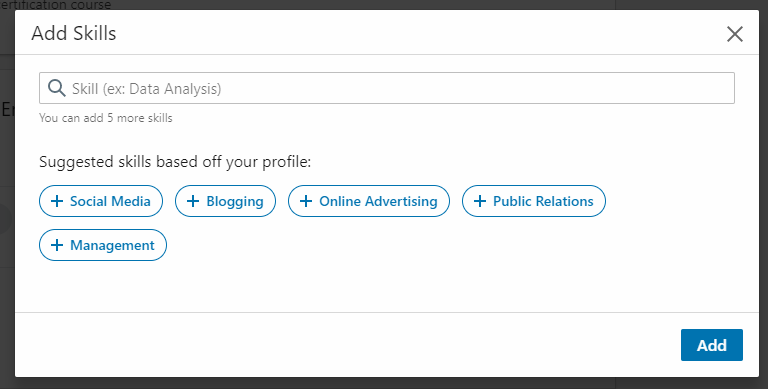
Ask for recommendations
LinkedIn allows you to request recommendations from your connections, which can significantly enhance your credibility and showcase your expertise. Reach out to former colleagues, supervisors, or clients and request a brief recommendation that highlights your strengths and accomplishments. Positive recommendations provide social proof and validate your skills and qualifications.

How to grow your LinkedIn network
Join relevant LinkedIn groups
LinkedIn groups are communities of professionals who share similar interests or belong to the same industry. Joining relevant groups enables you to connect with like-minded individuals, engage in discussions, and expand your network. Participate actively in group conversations, share valuable insights, and contribute meaningfully to establish yourself as an industry expert.
Follow relevant hashtags
LinkedIn allows you to follow hashtags related to your industry or interests. By following relevant hashtags, you can discover and engage with posts and articles that align with your professional goals. This helps you stay updated on industry trends, gain valuable insights, and connect with individuals who share similar interests.
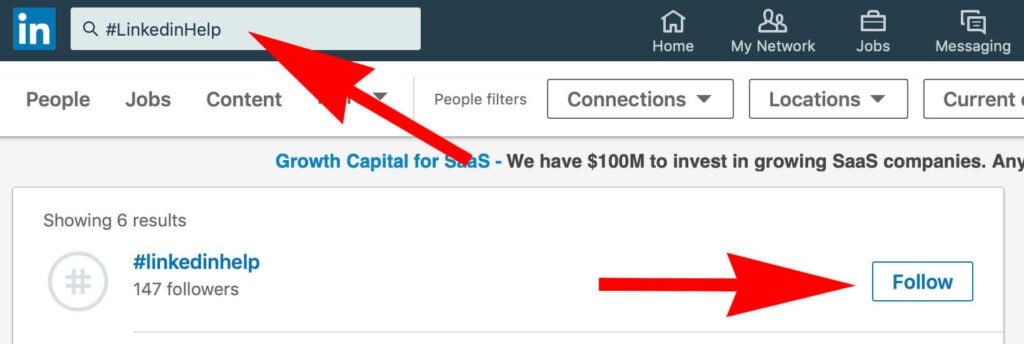
Search by hashtag keywords and engage with content
Utilise the search function on LinkedIn to find posts and articles related to specific hashtag keywords. Engage with this content by liking, commenting, or sharing insightful thoughts. By actively participating in conversations and demonstrating your expertise, you can expand your network and attract the attention of potential employers.
Post content twice a week (at least):
Regularly posting valuable content on LinkedIn is an effective way to build your personal brand and attract attention from recruiters. Aim to post at least twice a week, sharing industry insights, thought leadership articles, or updates on your professional achievements. Engage with your audience by responding to comments and initiating meaningful discussions.
Tag influencers in posts
When sharing content on LinkedIn, consider tagging influencers or industry leaders who are relevant to your post. This can help increase the visibility of your content and attract their attention. If they engage with your post by liking or commenting, it can expand your reach and potentially lead to new connections and job opportunities.
Analysing Your LinkedIn profile
LinkedIn provides users with analytics and measurements to track the performance of their profiles. These insights offer valuable information about the reach and engagement of your content, as well as the demographics of your audience. Regularly reviewing these analytics can help you understand which types of posts resonate with your audience, refine your content strategy, and make informed decisions about optimising your profile. It is recommended to review these metrics on a monthly or quarterly basis to ensure your LinkedIn presence is aligned with your professional goals.
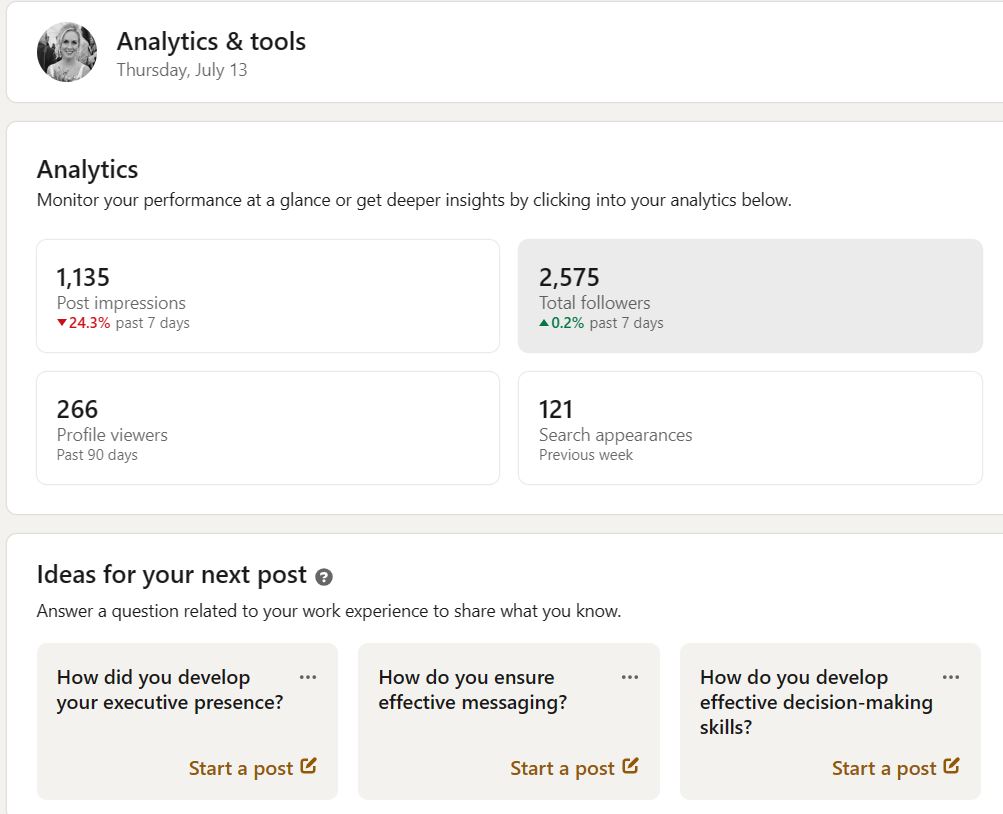
Conclusion
In conclusion, optimising your LinkedIn profile is crucial for jobseekers aiming to stand out in today’s competitive job market. By implementing the strategies outlined in this blog, such as optimising for search, detailing achievements with stats, utilising rich media, and growing your network, you can significantly increase your chances of attracting the attention of recruiters and landing your dream job. Remember to regularly analyse your profile’s performance and make adjustments accordingly to ensure your LinkedIn presence aligns with your career objectives.
If you would like more advice like this, read our candidate advice blog section. Discover CV advice, interview advice and more. Or if you are searching for your next job, upload your CV with us today.

